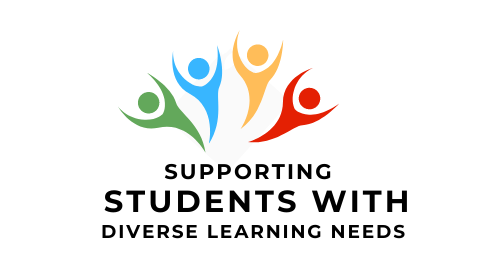Introduction
Universal Design for Learning or Universal Design for Instruction originated from the ideas of universal design in architecture. In architecture, the idea is that physical environments could be designed to meet the needs of a diverse range of people with varying abilities and preferences. The outcome often is that these flexible environments not only provide benefits to those with unique characteristics or exceptional needs, but also benefit everyone.
In architecture, this approach focuses on thinking about meeting the needs of diverse individuals during the design phase instead of trying to react to barriers or needs after the fact. The result is designs that are flexible and provide a variety of options for use. For example, an architect may consider how people who have difficulty with mobility will access a building while designing the building, providing ramps and automatic door options at various entrances for example. This provides a great benefit to these individuals but also to others such as families with strollers or delivery personnel. Also, because this access was built into the design at the start, there is no need to react to this barrier after the fact, which can be much more costly and potentially less well integrated into the building design.
In a similar way, Universal Design for Learning (UDL) provides an outline of how College staff and faculty can take a proactive approach to planning their courses and programs by thinking about the needs of a range of students when they are designing or modifying their courses. In the previous section, we introduced a tool that can help you to look at how accessible your classroom and course is for diverse learners. In this section, we will talk about some of the benefits of UDL for yourself and your students, the principles behind UDL, and how you can use it in your course planning.
How does Universal Design for Learning work?
UDL works from the recognition that the ways in which students acquire knowledge best and express what they know effectively, can be very different from student to student. As a result, learning and assessment can be more effective when this diversity is recognized. To do this instructors can consider presenting material through a range of mediums, providing various options for expressing and assessing student knowledge and understanding, to various approaches to promote student engagement and motivation.
Benefits of Universal Design for Learning (UDL)
Click on each accordion to expand and learn more.
An example of UDL in practice
In this video Professor Doug Campbell describes how he moved to reflecting principles of Universal Design for assessing student learning in his classes. He now provides a variety of assessment options to all students in his class.
Post-Video Reflection Questions
- What do you see as the potential benefits and drawbacks to designing your course for universal accessibility?
- At this point, do you see more benefits to the individual accommodations approach, or to Universal Design? Why?
Post-Video Group Discussion Questions
- What do you see as the potential benefits and drawbacks to designing your course for universal accessibility?
- At this point, do you see more benefits to the individual accommodations approach, or to Universal Design? Why?

